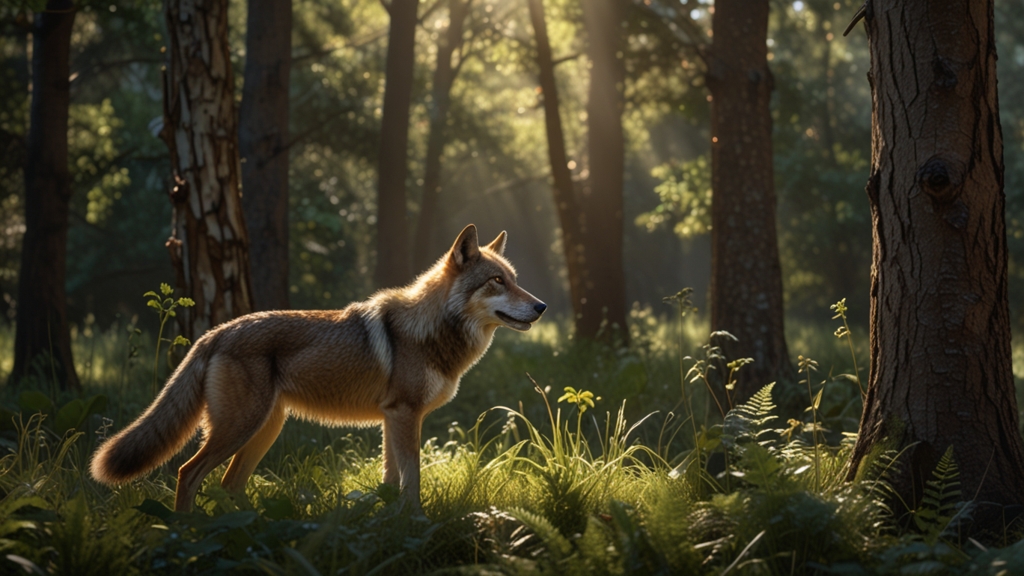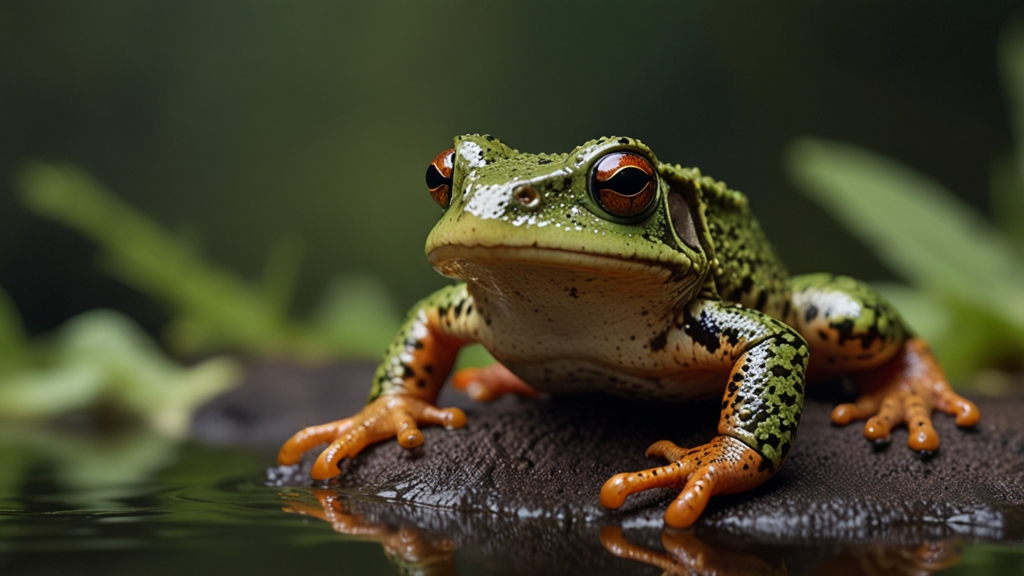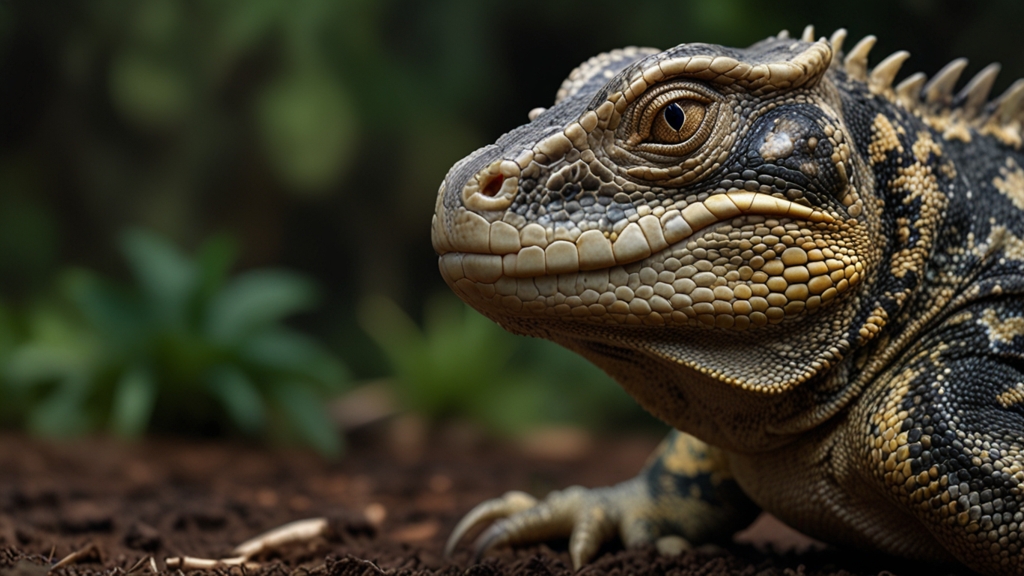The Fascinating Role of Scent in Animal Behavior
The animal kingdom is replete with intricate and fascinating behaviors, many of which are influenced by sensory inputs beyond human comprehension. One particular sense that stands out in importance for many animals is the sense of smell. Scent plays a crucial role in diverse behavioral processes such as communication, mating, territoriality, and survival. This article delves into how animals utilize their olfactory abilities to navigate their environments and interact with others.
Communication through Scent
For many species, scent is a primary mode of communication. Pheromones, chemical signals emitted by one individual and received by another of the same species, are instrumental in this process. These chemical messages can convey a wealth of information, including the reproductive status of an individual, their emotional state, and their identity.
"The sense of smell in animals is akin to an invisible thread that connects individuals within a species through a complex network of chemical communication." - Dr. Jane Doe, Animal Behaviorist
Insects like ants and bees use pheromones to coordinate activities within their colonies. For instance, a foraging ant leaves a pheromone trail back to the nest that guides others to a food source. In mammals, scent marking is common; wolves and large cats, such as lions, mark their territories with urine and other secretions to communicate their presence to others of their kind.
Mating Rituals and Reproductive Cues
The role of scent in reproduction is profound. Many animals have evolved to emit pheromones that signal their readiness to mate. Female moths release potent chemicals to attract males from miles away, ensuring species propagation even in sparse populations. In mammals, pheromones can synchronize reproductive cycles; for example, female rodents emit compounds that can induce estrus in other females, while males may secrete scents that accelerate puberty in females.
"Scent is a silent yet powerful mechanism by which animals can ensure the continuation of their species, guiding them through the complex dance of courtship and reproduction." - Dr. John Smith, Ecologist
Territorial Behavior and Social Hierarchies
Scent marking is not only a means of communication and mating but also establishes social structures within animal communities. In the wild, many animals demarcate their territories with scent to ward off intruders and establish dominance. For instance, lions rub their faces against objects to deposit oils from their facial glands, indicating their dominance and ownership over a territory. Similarly, dogs utilize urine marking to communicate their social status among peers.
Social insects like bees and ants have incredibly complex hierarchies and depend heavily on scent for maintaining these structures. Queen bees emit specific pheromones that regulate the behavior and development of worker bees, ensuring the smooth functioning of the hive.
Survival and Predator-Prey Interactions
Scent is also a critical survival tool in the predator-prey dynamic. Predators, including canines and felines, rely heavily on their sense of smell to track down their prey. For example, bloodhounds can follow a scent trail left by a fleeing animal for miles due to their highly sensitive olfactory receptors.
"In the wild, the nose knows. Predators and prey alike depend on the intricate dance of scent to evade, capture, and survive." - Dr. Emily Zhang, Wildlife Biologist
Conversely, prey animals have developed methods to evade predators using scent. Some species can mask their scent trails or emit foul-smelling chemicals to deter potential threats. Skunks, for instance, spray a noxious, odorous liquid to ward off attackers.
Conclusion
The role of scent in animal behavior is a captivating and vital aspect of their lives. From communication and mating to territory establishment and survival tactics, olfactory signals are indispensable. Understanding these complex behaviors offers valuable insights into the natural world and highlights the sophisticated, often unseen mechanisms that animals use to thrive in their environments.
Indeed, the study of scent in animal behavior not only broadens our knowledge of biology and ecology but also inspires a deeper appreciation for the invisible, yet profound, ways through which animals interact with their world.










